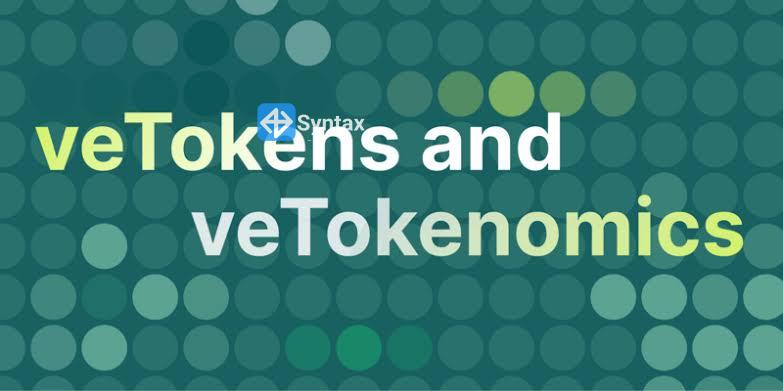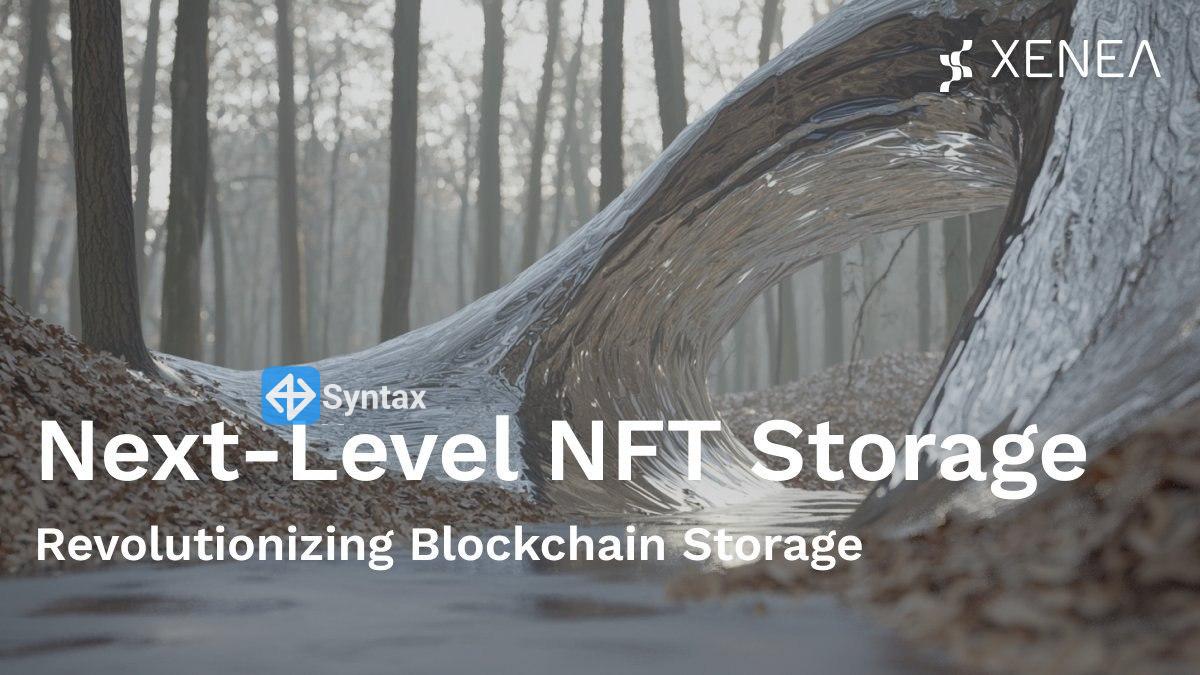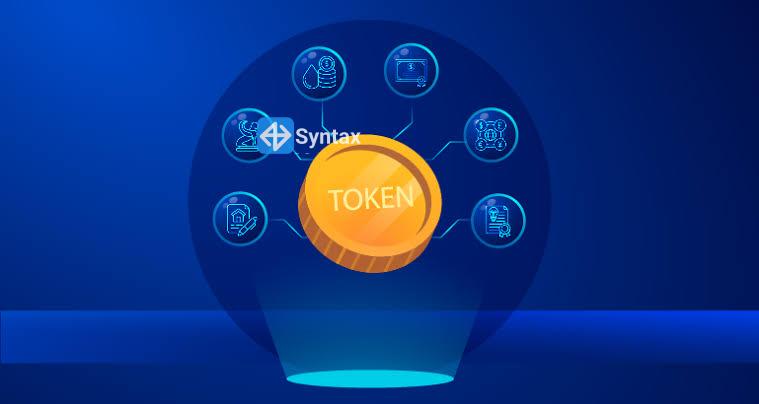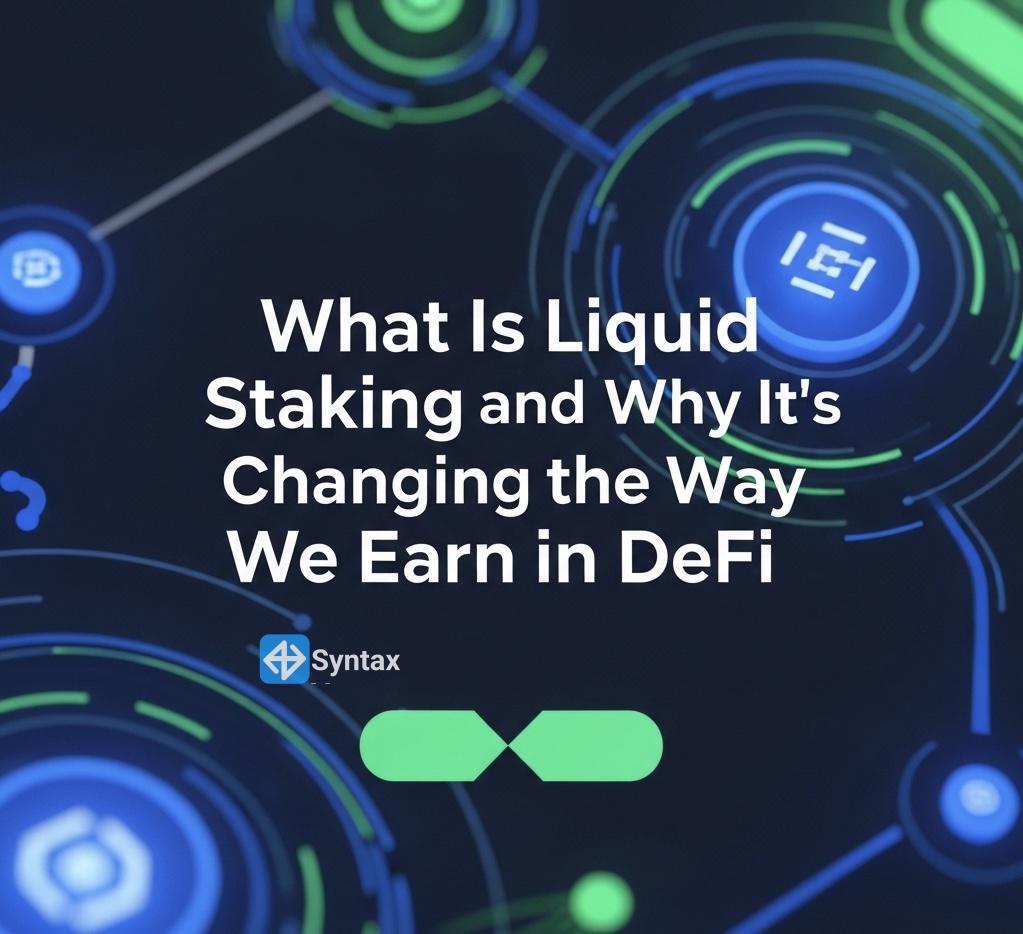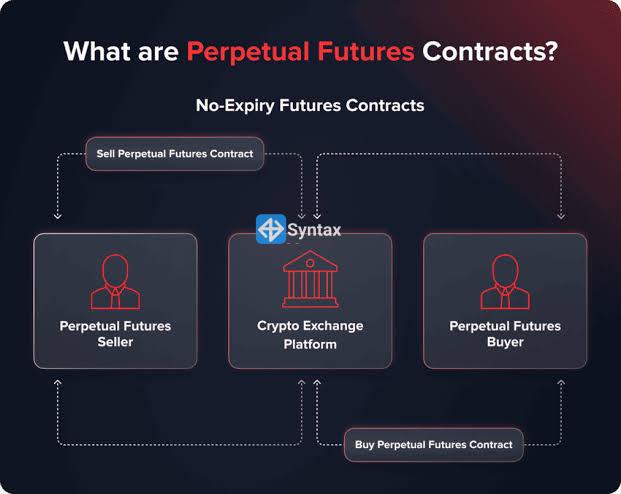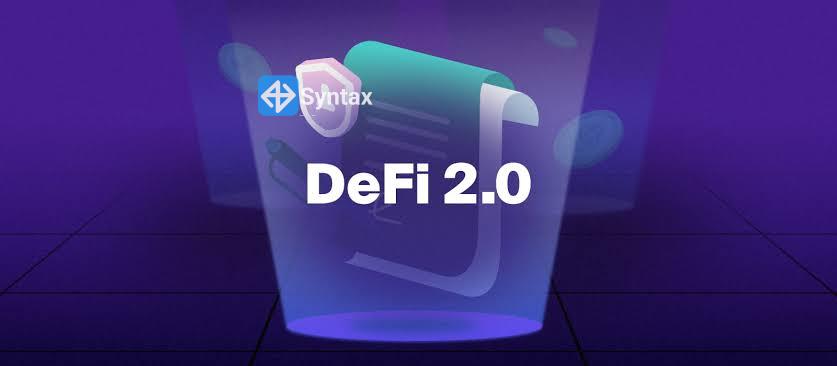A block in a blockchain is a digital container that stores batches of validated transactions, similar to a page in a ledger
Each block contains transaction data, a timestamp, and a cryptographic hash of the previous block, which links it to the one before it and forms a chronological chain. This structure ensures the integrity of the entire chain, making it secure and tamper-resistant once a block is confirmed and added.
Components of a block
- Transaction Data: A collection of transactions that have occurred within a specific time period. This can include details like who, what, when, and the amount of the transaction.
- Timestamp: Records the exact time the transaction was added to the blockchain.
- Cryptographic Hash: A unique digital signature or identifier for the block.
- Hash of the Previous Block: A cryptographic link that connects the current block to the previous one, forming the "chain".
- Merkle Tree: A data structure used to efficiently summarize all transactions within a block.
- Nonce: A number used in the mining process to find a valid hash for the block.
How blocks are created and added
- Transactions are broadcast: When a new transaction occurs, it is broadcast to the network.
- Transactions are validated: Network nodes, such as miners or validators, group these transactions into a new block and validate them.
- Block is mined: Miners solve a complex cryptographic puzzle to "mine" the block and find a valid nonce, which produces a block hash below a specific target value.
- Block is broadcast: Once a valid block is found, it is broadcast to the rest of the network.
- Block is confirmed: Other nodes verify the new block. If it is valid, they add it to their copy of the blockchain, extending the chain.
- Significance of blocks
- Security: The linking of blocks through hashes makes it incredibly difficult to alter past transactions because changing one block would invalidate all subsequent blocks.
- Transparency: All transactions recorded in the blocks are transparent and visible to everyone on the network.
- Immutability: Once a block is confirmed and added to the chain, the data within it cannot be changed or deleted, creating a permanent record.



